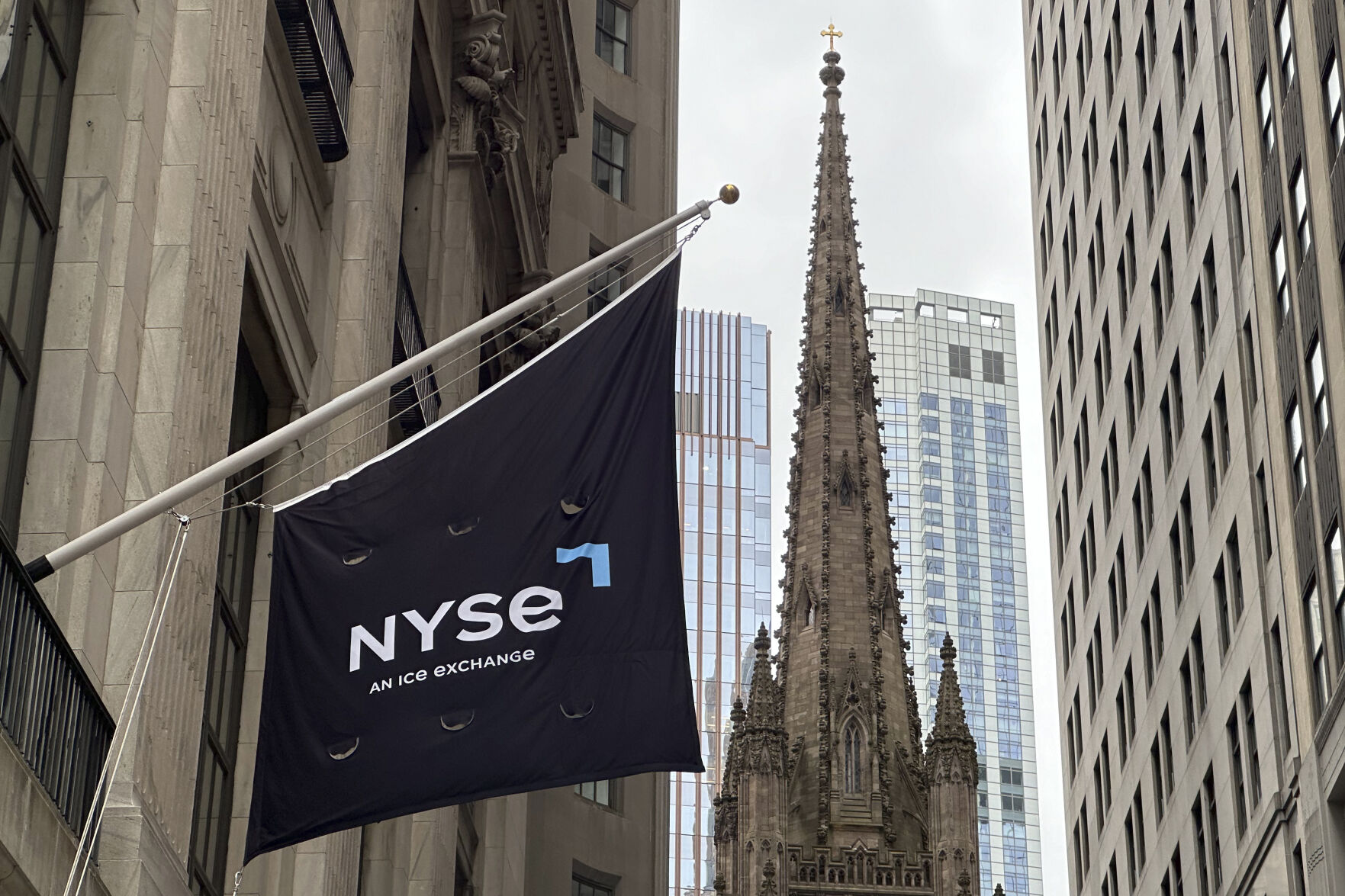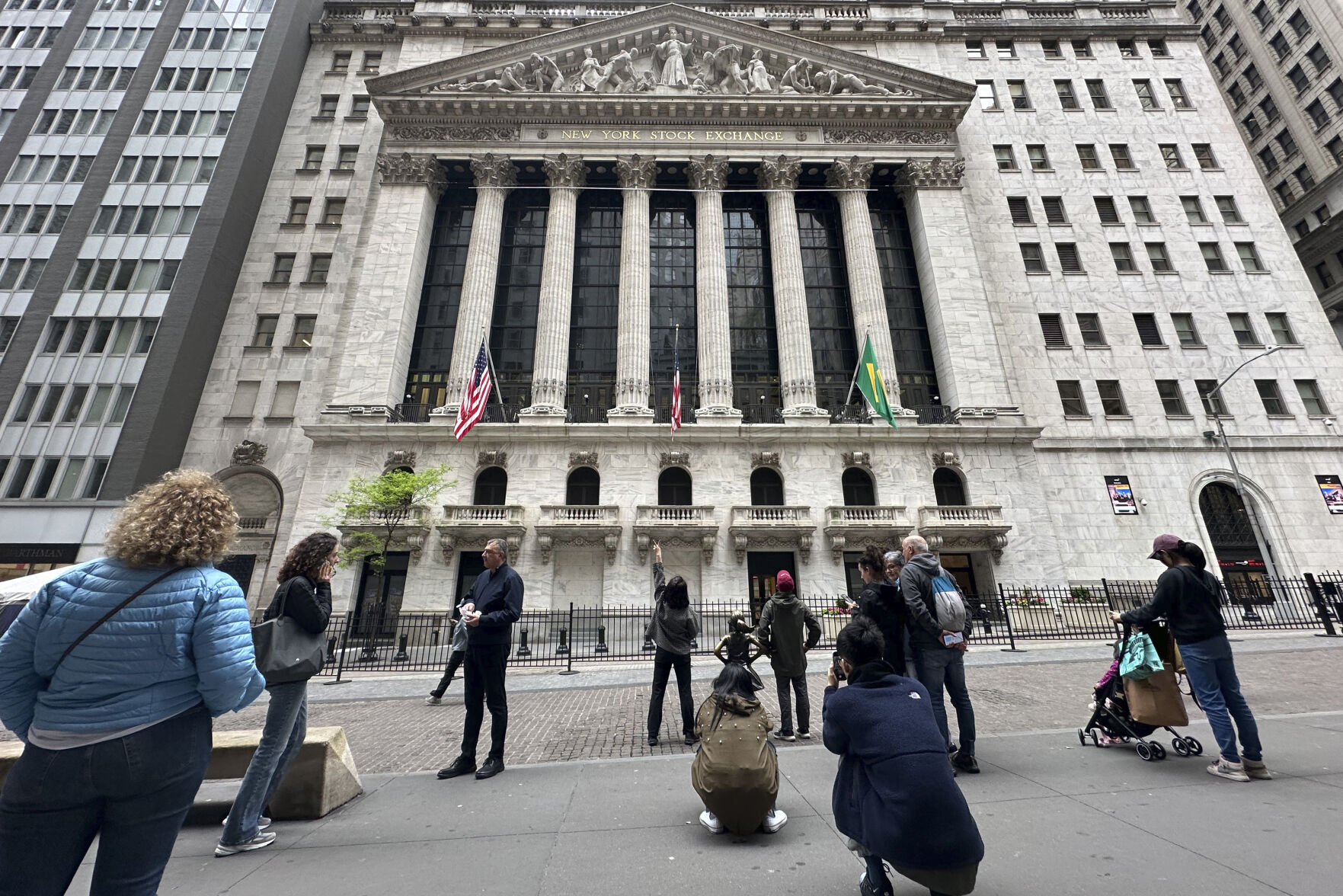NEW YORK (AP) — U.S. stock indexes are holding steadier on Friday following Wall Street’s worst day since April.
The S&P 500 was 0.4% higher in early trading, though it may still be heading for its first losing week in the last five. The Dow Jones Industrial Average was up 88 points, or 0.2%, as of 9:35 a.m. Eastern time, and the Nasdaq composite was 0.5% higher.
Ross Stores jumped 8.2% to help support the market after the retailer reported solidly better profit for the latest quarter than analysts expected. That was despite its revenue only edging past expectations, as customers continue to hold back on purchases of non-essentials.
CEO Barbara Rentler said several challenges, “including prolonged inflation, continue to squeeze our low-to-moderate income customers’ purchasing power.”
Even though data on the overall, or macro, economy has been showing continued strength for spending by U.S. households, the numbers underneath the surface may not be as encouraging.
“Walmart and Target are telling us that high income consumers are doing fine, but beginning to trade down,” said Brian Jacobsen, chief economist at Annex Wealth Management. “The lower income consumer is struggling. Macro often focuses too much on the average and the average is skewed by the high-end household.”
It’s been worries about stubbornly high inflation that pulled the U.S. stock market back from its records set recently. The weakness began after the Federal Reserve released the minutes from its last policy meeting, which showed some officials talking about the possibility of raising rates if inflation worsens.
Stocks fell further after reports on Thursday indicated the U.S. economy is stronger than expected. Such strength can actually spook Wall Street because it could keep upward pressure on inflation. That in turn could at least delay the Federal Reserve from giving relief to financial markets by cutting its main interest rate, which is sitting at the highest level in more than 20 years.
Goldman Sachs economist David Mericle is pushing back his forecast for the Fed’s first cut to rates to September from July, in part due to Thursday’s reports on U.S. business activity and joblessness.
Treasury yields climbed this week on such concerns, and they were holding relatively steady on Friday. The yield on the 10-year Treasury edged up to 4.49% from 4.48% late Thursday. The two-year yield, which more closely tracks expectations for action by the Fed, was holding steady at 4.94%.
This week’s losses for stocks came despite another blowout profit report from Nvidia, which has rocketed to become one of Wall Street’s most influential stocks because of a frenzy around artificial-intelligence technology. Fervor around AI had pushed some stocks to heights that critics called overdone, but Nvidia’s eye-popping growth and forecasts for more suggest it could keep going.
Wall Street’s weakness this week “underscores that even the most powerful company within the S&P 500 can’t fight the Fed,” according to Quincy Krosby, chief global strategist for LPL Financial.
Elsewhere on Wall Street Friday, Deckers Outdoors jumped 11.3% after reporting stronger profit and revenue for the latest quarter than expected. The company behind the Hoka, Ugg and Teva brands also gave a forecast for revenue this upcoming fiscal year that was in line with analysts’ expectations, though its forecasted range for earnings per share fell a bit short.
Workday fell 10.7% despite reporting stronger profit for the latest quarter than analysts expected. The company, which helps businesses manage their people and money, gave a forecast for upcoming subscription revenue that fell a bit short of Wall Street’s estimates.
In stock markets abroad, indexes fell across much of Asia and Europe. They fell 1.4% in Hong Kong, 1.3% in Seoul and 1.2% in Tokyo.
AP Business Writers Matt Ott and Elaine Kurtenbach contributed.



